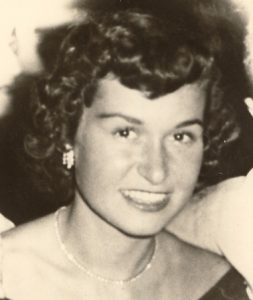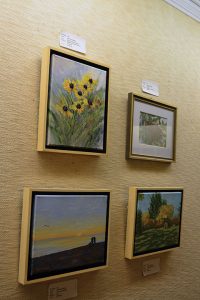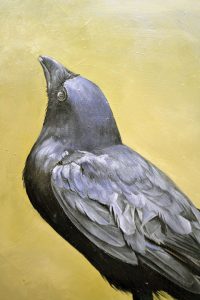The Marion Police Brotherhood will be hosting Pizza with Santa on Sunday, December 17 from 11:00 am to 1:00 pm at the Marion Community Center, 465 Mill Street (Route 6).
Once again, we will be accepting donations to help “fill a cruiser” with new unwrapped toys for The Justice Resources Institute, a local nonprofit organization providing intensive foster care and adoption programs for children and adolescents in our community.
Please register at the Marion Police Department, 550 Mill Street, Marion or email adicarlo@marionma.gov or acrosby@marionma.gov by December 13.








